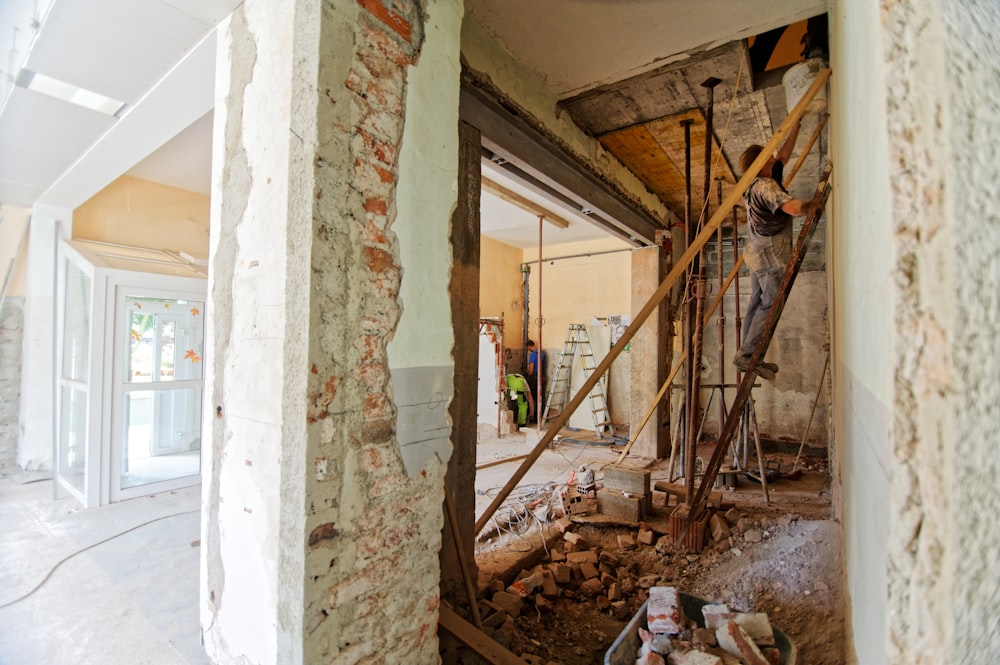How to Guide: Sustainable Remodeling
Sustainable Remodeling

It might be difficult to keep up with all the details, especially if you also want your makeover to be ecologically friendly. If sustainability is something you must have for a renovation or new construction, use this advice to optimize the procedures.
SELECTION OF SUSTAINABLE MATERIALS
During remodeling, one of the biggest expenses for your budget and the environment is materials. When deciding on eco-friendly building supplies and materials, there are a few factors to consider. First, the material itself needs to originate from a sustainable source. Most materials for countertops and flooring, for instance, include cork and bamboo. In fact, harvesting cork causes no harm to the tree. Look for lumber that has been certified by the Forest Stewardship Council when selecting other types.
Materials that have been recycled or restored are preferable. For backsplashes in your kitchen and bathroom, recycled glass and ceramic tile may provide some stunning and distinctive designs. For several years now, reused wood has become quite common for use in fireplace mantels, accent walls, and kitchen tables with a farmhouse design.
Consider your alternatives carefully before choosing between synthetic and natural materials. You could assume that going natural is always best, and generally speaking, that is true. However, if they prevent you from constantly replacing anything, more sturdy man-made materials have their benefits. We would classify composite decking, which combines recycled plastic and wood paste.
USE WHAT IS CURRENTLY AVAILABLE
You can use this as an excuse to visit vintage stores, antique malls, and garage sales. It aims to prevent reasonably lovely products from ending up in landfills. Some used furniture and appliances are entirely acceptable, not to mention stylish and distinctive.
Remember to repurpose items you already own as well. Can you use the kitchen cabinets you're replacing in another room? Relocate them as part of your workbench in the garage or as a new bathroom vanity with caution. With fresh upholstery, a couch might be given a new lease on life. Door hardware could be changed into brand new, distinctive decor. Before you immediately toss your stuff in the trash, give them a unique look.
MAKE ENERGY EFFICIENCY YOUR GOAL
Energy efficiency should be a goal for many reasons, including less pressure on the power system, wiser use of water and non-renewable resources, and cost savings, to mention a few. Let's go through each room in turn.
 An excellent location to search for energy-efficient solutions is in the kitchen. All of those devices consume a lot of power from the grid. When possible, pick items like dishwashers, stoves, and refrigerators that are Energy Star-rated and consider where you placed them. If you can avoid placing your refrigerator in direct sunlight, it will require less electricity to maintain the temperature of the contents.
An excellent location to search for energy-efficient solutions is in the kitchen. All of those devices consume a lot of power from the grid. When possible, pick items like dishwashers, stoves, and refrigerators that are Energy Star-rated and consider where you placed them. If you can avoid placing your refrigerator in direct sunlight, it will require less electricity to maintain the temperature of the contents.
Look for ways to save water in the bathroom. The flushing performance of low-flow toilets is unaffected by the reduction in water usage. Low-flow faucets can be found on the sink and shower. Also, think about getting a tankless water heater. You won't need to constantly run the heater to receive hot water for your showers.
When it comes to energy efficiency, having high-quality doors and windows is crucial, especially because heating and cooling costs typically make up the majority of our power bills. Pick window frames made of wood or fiberglass that transfer less heat or cold, install triple-pane glass for the finest window insulation, or just replace any drafty doors and windows that already exist.
Insulate your home's walls, attic, basement, and crawl spaces to continue regulating the temperature within. Choose ecologically safe insulation because some of it contains dangerous substances.
Lastly, search for smart home equipment that enables you to keep an eye on and manage your energy consumption. Here, smart thermostats instantly spring to mind. Reduce the amount of time a room is illuminated by using smart bulbs on a timer or as part of a routine. Using intelligent irrigation systems, you can water your lawn just when it actually needs it. Even while some of these tools might not have a significant effect when used alone, by combining them, you might eventually observe changes.
A final word about sustainable energy. Some energy-efficient solutions come with hefty price tags. Remember that even though you may pay more upfront, you'll end up saving money in the long term because your energy bills will be lower. Savings will start to grow.